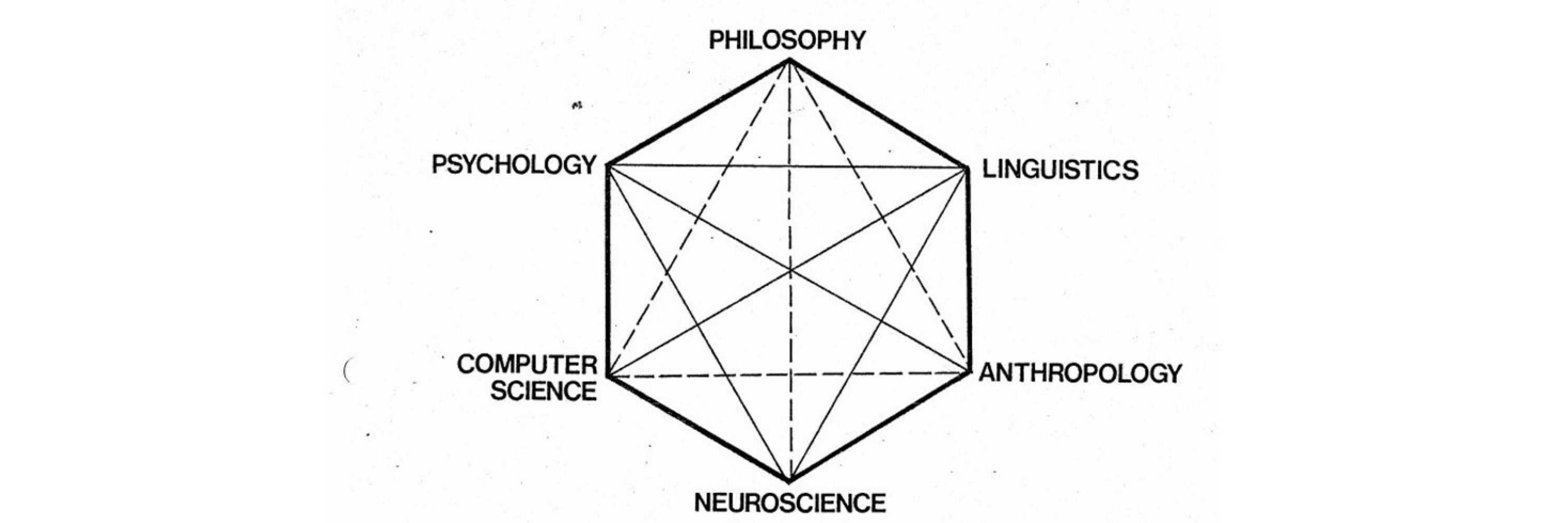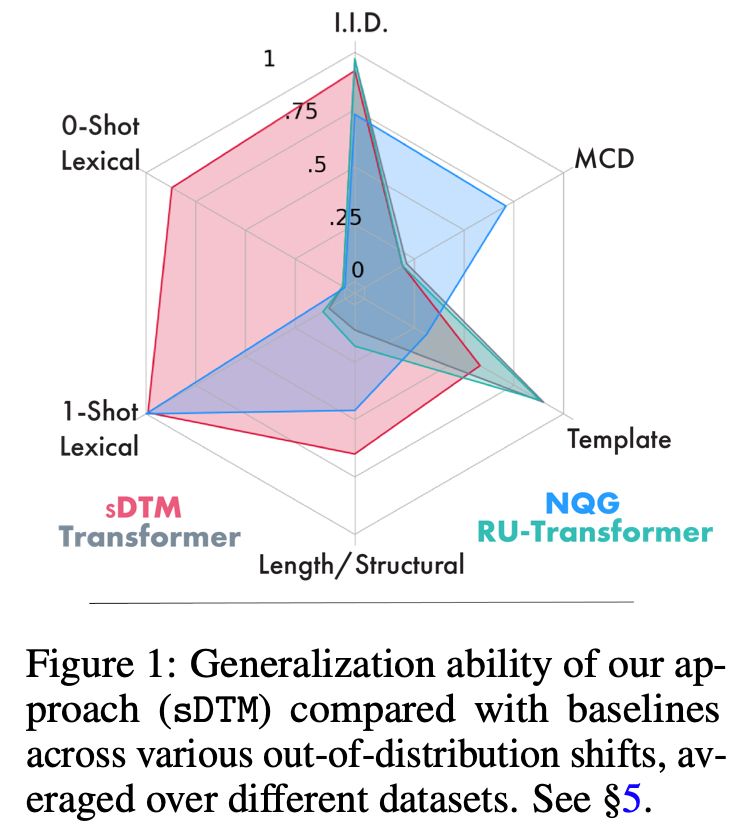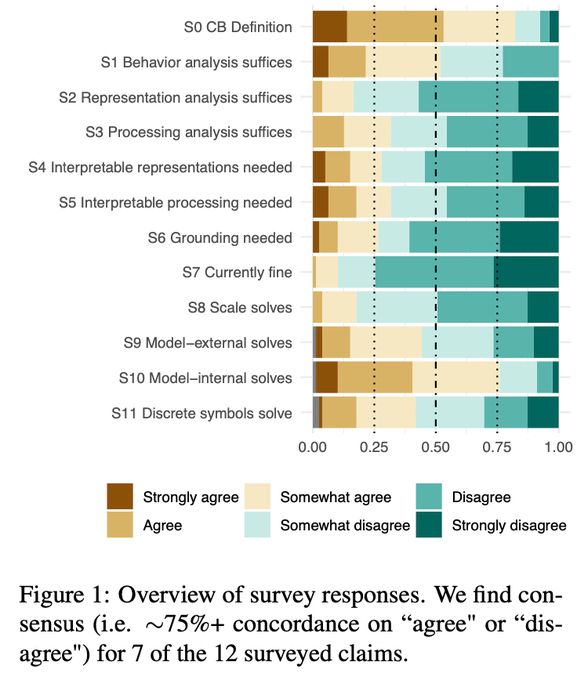

Trenton Bricken & @sholto-douglas.bsky.social on @dwarkesh.bsky.social's podcast: computer use agents "solved" in ~10 months 🖱️⌨️. This feels highly optimistic. I think that computer use is closer to robotics than language modeling. 1/2
Trenton Bricken & @sholto-douglas.bsky.social on @dwarkesh.bsky.social's podcast: computer use agents "solved" in ~10 months 🖱️⌨️. This feels highly optimistic. I think that computer use is closer to robotics than language modeling. 1/2



www.reuters.com/technology/a...

www.reuters.com/technology/a...
go.bsky.app/KDTg6pv
go.bsky.app/KDTg6pv


